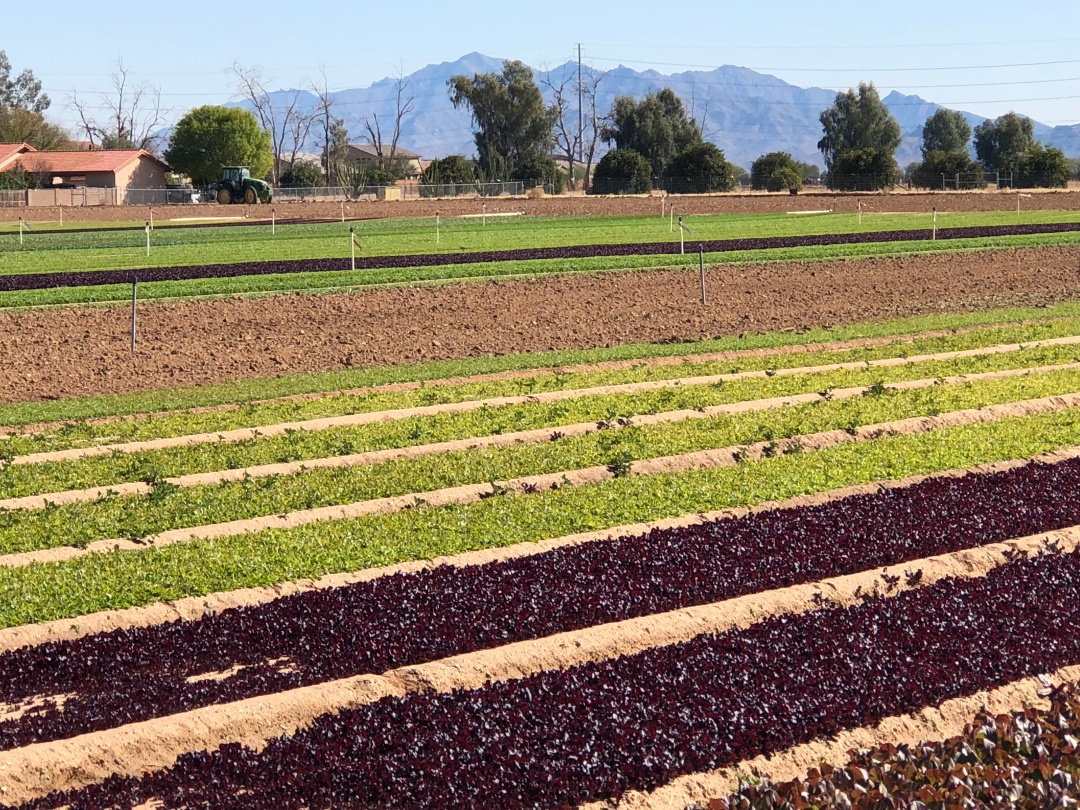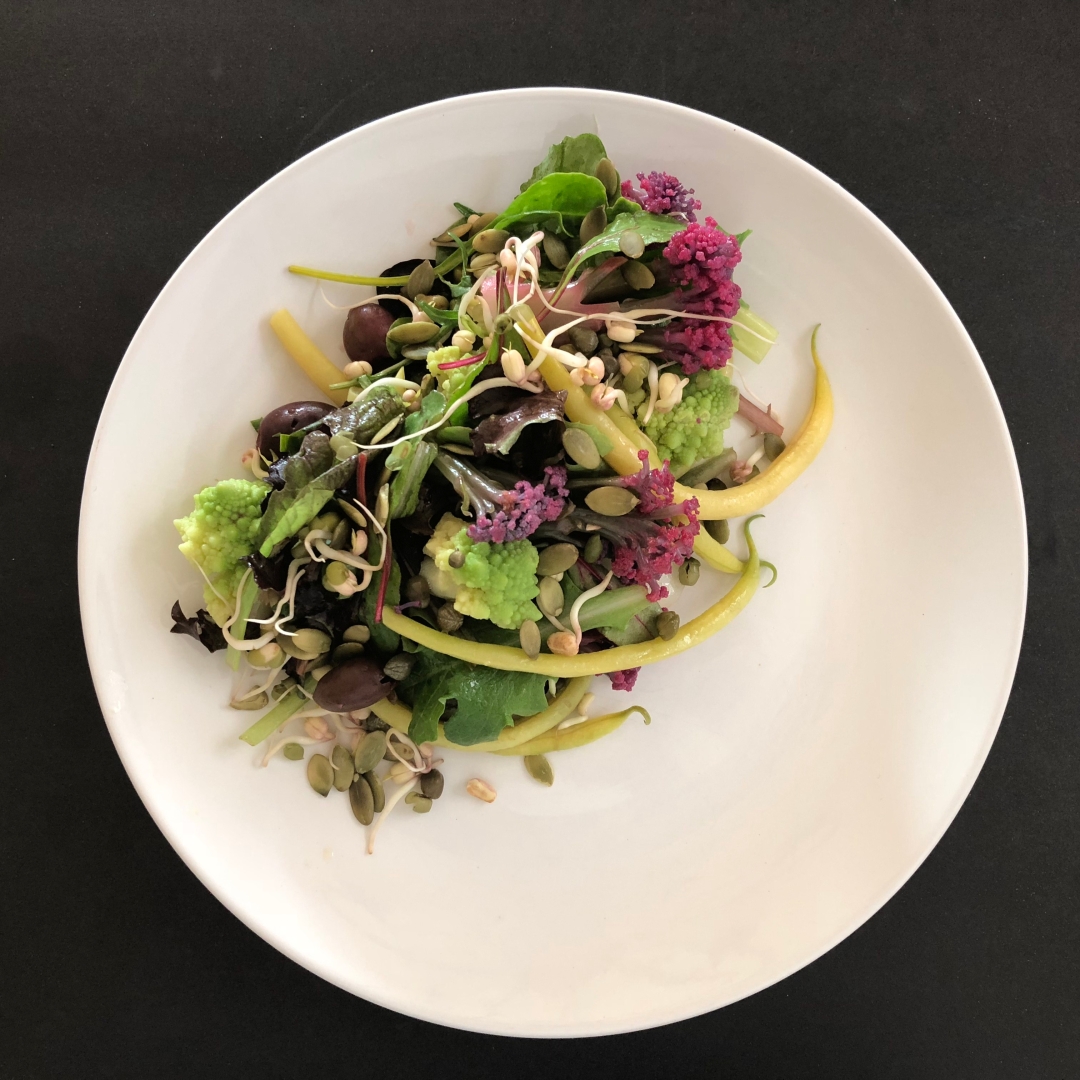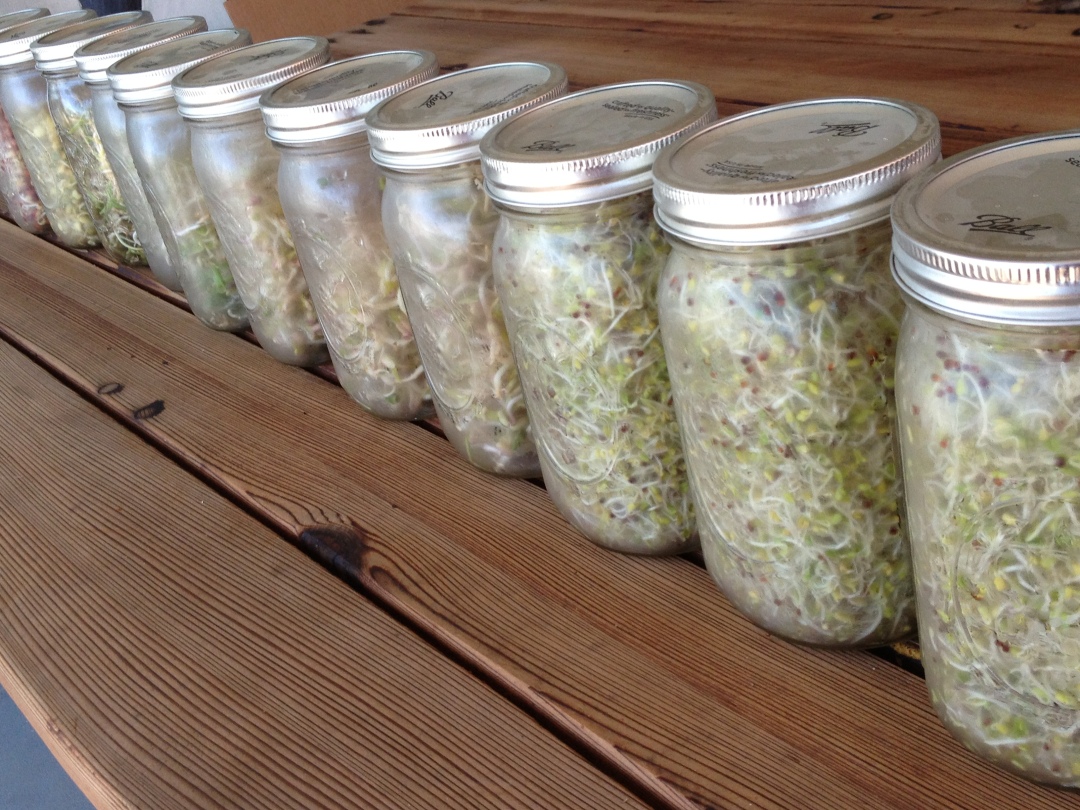by Melanie A. Albert, intuitive cooking expert, author, speaker, retreat host, Founder & CEO Experience Nutrition Group, LLC
This year I have the wonderful opportunity to lead the monthly Healthy Cooking Demo at the Humana Community Center in Mesa, Arizona. Each month Humana gives me a new topic to focus on. This week, the February topic was plant sources of protein. We cooked one of my favorite simple soups: Lentil Quinoa, along with Lemon Hummus, and I showed my jar of sprouted mung beans.
Plus, we had a positive conversation around sources of plant proteins. Take a look at this chart that I originally created a few years ago when I was guiding former NFL players and their families about nutrition and cooking. One of the first questions the guys always asked me: “Mel, will you make my stop eating meat?” I told them that I would not force them to stop eating meat, but I would teach them good sources of plant protein, and hopefully, they would reduce their consumption of meat.
Protein in Plants and Animals
- When we clearly examine protein sources, we see that we can indeed get enough protein in our diets from plant-based foods rather than from the typical SAD – Standard American Diet – of red meat, pork, poultry, and dairy.
- It’s important to note how the levels of protein in many plant foods are comparable to the protein levels in meat, poultry, cheese, and fish. For instance, in a 3.5-ounce serving, pork and tuna have 30 grams, and chicken and Swiss cheese both contain 27 grams of protein. These levels of protein in animal food are comparable to pumpkin seeds with 30 grams, lentils with 26 grams, and hemp seeds with 23 grams.
Simple Protein Chart
Protein Grams per 100 Grams (3.53-ounce) servings
30.2 Pumpkin seeds
30.0 Pork
30.0 Tuna
29.1 Beef tenderloin steak, lean only
29.3 Turkey
28.4 Nori (sea vegetable)
27.3 Salmon, sockeye
27.1 Chicken
26.9 Swiss cheese
26.7 Halibut
26.7 Beef chuck eye roast
25.8 Lentils, raw
23.6 Kidney beans, raw
22.5 Hemp seeds
21.6 Black beans, raw
21.5 Dulse (sea vegetable)
21.4 Pinto beans, raw
21.2 Almonds
20.3 Pistachio nuts
19.4 Beef, grass-fed, ground
19.3 Garbanzo beans, raw
19.3 Sunflower seeds
18.3 Flax seeds
18.2 Cashews
18.1 Beef tenderloin
16.6 Soybeans
16.6 Inca berries*
16.5 Chia seeds
15.4 Cacao*
15.2 Walnuts
14.3 Goji berries
14.1 Quinoa, uncooked
12.4 Cottage cheese, 1% fat
3.4 Milk, non-fat
3.3 Soymilk
Source: USDA National Nutrient Database
* Not in USDA Database
Today, I enjoyed the sprouted mung beans in a fresh farmers’ market salad intuitively created with the veggies and spring mix from the Farm Tour with Blue Sky Organic Farm, and purple cauliflower from Maya’s Farm, about ¼ mile from my home. Blue Sky Organic Farm, 30 miles west of my home, grows about 150 varieties of produce on 35 acres. Their beautiful spring mix comes from 18-21 different varieties of baby greens. Blue Sky Organic Farm triple washes and spin dries the mixture at high velocity, so we can easily enjoy it in our salads.

SIMPLE INGREDIENTS
- Bamboo Steamer Veggies
- Romanesco
- Purple Cauliflower
- Fennel
- Yellow wax beans
- Spring mix
- Mung bean sprouts
- Salad Dressing
- Fresh lemon
- Basil olive oil
- Sea salt
- Fresh home-grown basil


Excerpt from “A New View of Healthy Eating”: Simply Sprout Beans: Try Mung Beans
In the winter of 2014 I started to sprout beans while learning in the Plant-Based Professional Certification with Rouxbe Cooking School. When I visited my parents in Florida, we decided to experiment with sprouting different kinds of organic legumes (mung, adzuki, and green lentils) and a few seeds (sunflower and broccoli). Within a week, we had 12 quart jars full of sprouted beans and seeds. Luckily for my parents’ Cocoa Beach neighbors, they also enjoyed sprouts in their meals.

Soaking and Sprouting
The soaking and sprouting process releases dormant enzymes that make beans more easily digestible and, in some cases, even more nutritious.
Mung beans are the most widely eaten sprout on our planet and have been cooked in Chinese dishes for centuries. Mung beans, a great plant protein, are fun and easy to sprout, and can be eaten raw or cooked. Add raw mung beans to the top of a salad, avocado salsa or hummus for a nice crunch. Cook sprouted mung beans for added protein in veggie stir-fries or soup.
7 Simple Steps to Sprout Mung Beans
- Soak ¼ cup dry mung beans in a few cups of water for 8 to 12 hours out of direct sunlight.
- Rinse beans and place them in a wide-mouth quart Mason jar with a wire lid.
- Rinse beans with cold water 2 to 4 times a day.
- After each rinsing, rest the jar on a slant so that any extra water can drain out of the jar.
- Harvest beans in 2 to 5 days.
- After sprouts have completely dried, store in the refrigerator.
- Enjoy raw in a salad or wrap or cooked in a stir-fry.
Today’s Mung Beans
You can purchase Melanie’s cookbook, “A New View of Healthy Eating” and also let us know if you’re interested in a Cooking Workshop, Event, or Retreat. Would love to explore your ideas and create a fun program for your organization.

